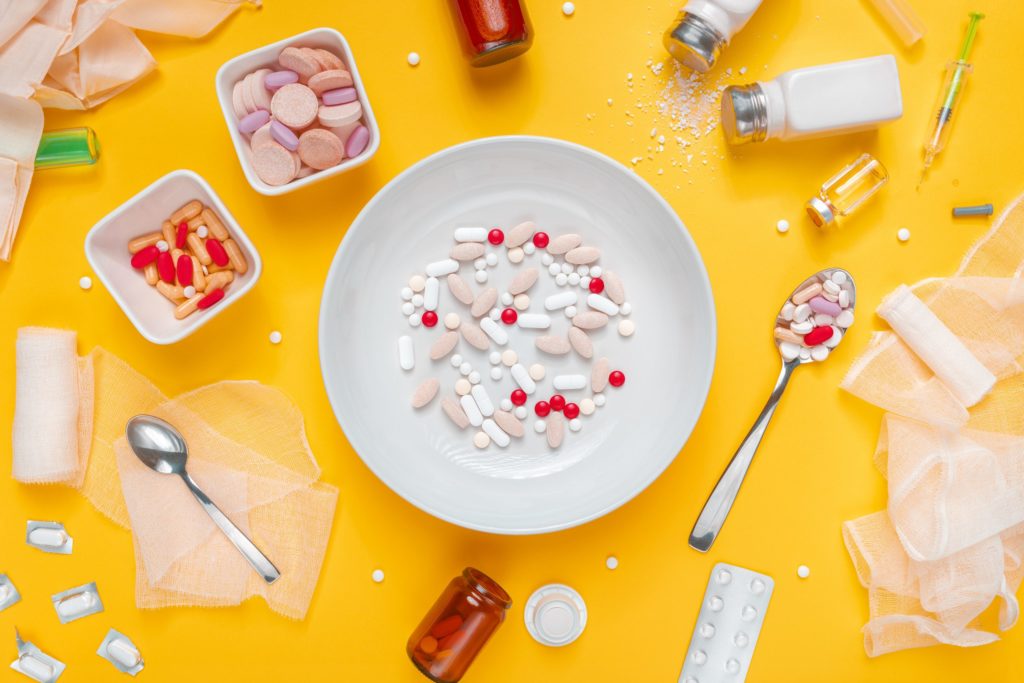According to the CDC, nearly 70 percent of drug overdose deaths in 2018 involved opioids, including heroin and prescription drugs like fentanyl, oxycodone, hydrocodone, and codeine. There is a small silver lining as deaths involving opioids were down 2 percent and deaths involving prescription opioids decreased 13.5 percent.
However, a total of 67,367 drug overdose deaths in 2018 – four times the number of deaths 20 years earlier – is nothing to celebrate.
Let’s discuss the basics of opioid use disorder (OUD), which continues to drive the opioid epidemic in our country.
What Is Opioid Use Disorder?
The Diagnostic and Statistical Manual of Mental Disorders from the American Psychiatric Association defines opioid use disorder as a pattern of opioid use that leads to problems or distress. At least two of the following activities would occur within a 12-month period to meet the criteria for an opioid use disorder diagnosis.
- You take opioids in larger amounts or for a longer period of time than intended.
- You try unsuccessfully to reduce or control opioid use.
- You spend a lot of time obtaining, using, or recovering from opioids.
- You crave or feel urges to use opioids.
- Opioid use affects your obligations at work, school, and/or home.
- Opioid use affects your relationships and social interactions.
- Opioid use causes you to give up other activities.
- Opioid use puts you at risk of physical harm in certain situations.
- You continue to use opioids even though you know it’s causing problems.
- Tolerance for opioids grows so you need higher amounts or more frequent use to experience the desired effect.
- You experience withdrawal symptoms and take opioids to relieve or avoid them.
Opioid use disorder can result from the use of illegal opioids as well as prescription drug addiction. As with other substance use disorders, stopping use of opioids can cause withdrawal symptoms that are often severe. These symptoms include pain, chills, cramps, diarrhea, dilated pupils, restlessness, anxiety, nausea, vomiting, insomnia, and intense cravings.
[wpdiscuz-feedback id=”4jee4cvcb6″ question=”Do you have access to this life-saving drug?” opened=”0″]If a person’s breathing slows or stops because of an opioid overdose, Naloxone can reverse and block the effects of opioids so the person can resume normal breathing.[/wpdiscuz-feedback]
Is Opioid Addiction Different from Opioid Use Disorder?
In 2013, the American Psychological Association changed the definitions of several terms involved in addiction.
“Substance abuse,” which was considered a mild form of addiction, and “substance dependence,” which was considered a moderate or severe form of addiction, were replaced by “substance use disorder.” Similarly, opioid use disorder was previously classified as either opioid abuse or opioid dependence.
Opioid use disorder is now the clinical term for opioid addiction, which can be classified as mild, moderate, or severe. One of the reasons for this change was to eliminate confusion involving the term “dependence.” In other words, people might need help with opioid use even if they’re not suffering from an addiction that’s causing serious problems in their lives.
Get Help with Addiction to Opioids at DetoxLA
Whether you’re struggling with heroin addiction or prescription drug addiction, DetoxLA can help you navigate your first step to recovery through our co-ed detox program at our Los Angeles detox center. To learn more about how we treat opioid use disorder, contact Detox LA today.

